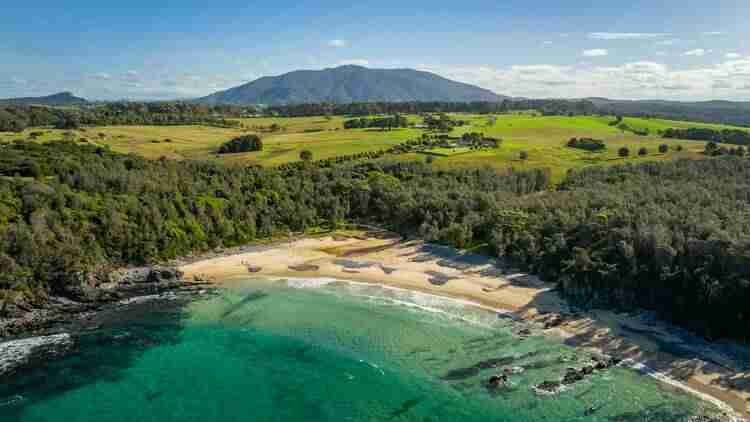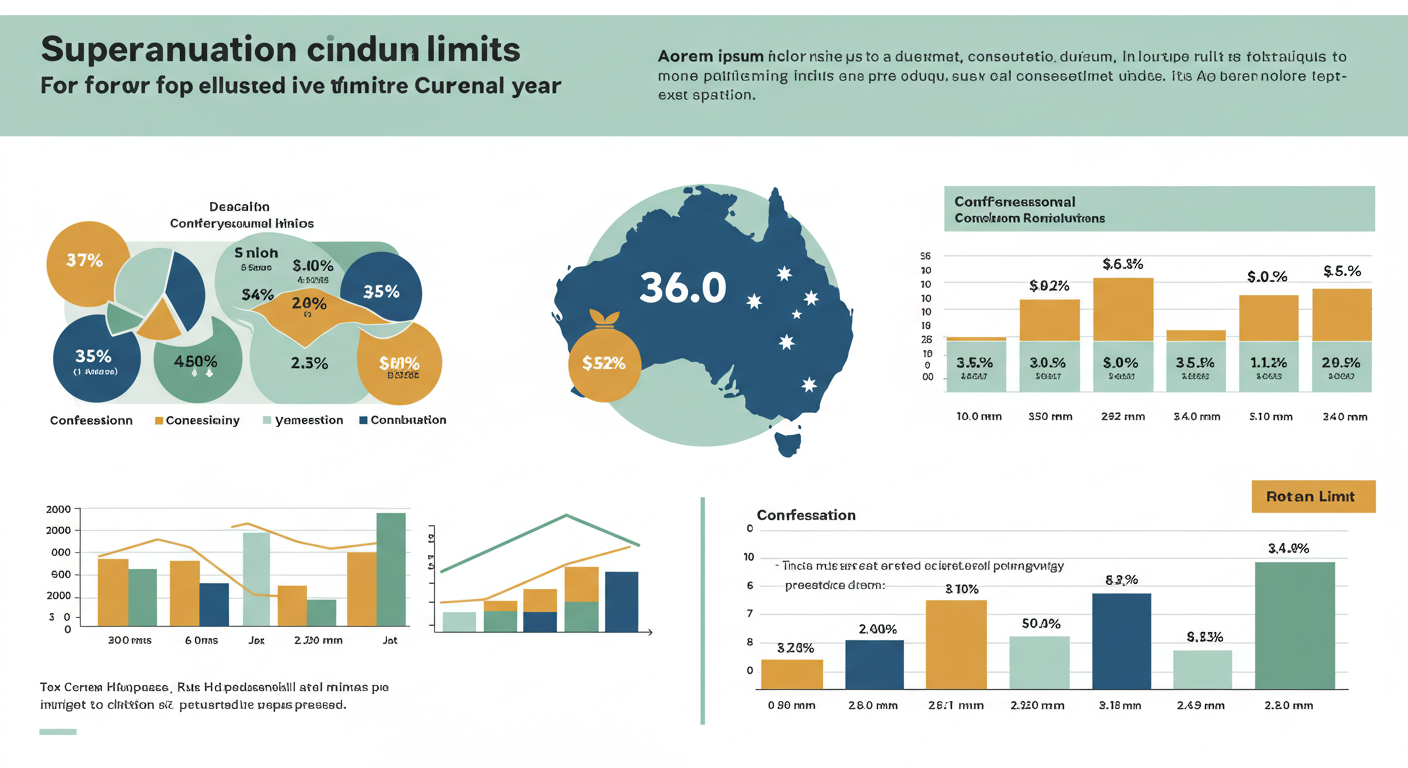In Sydney, homeowners who donate a portion of their land to a national park can get financial compensation. You own property? You might be able to transform it into a national park in order to protect the plants and animals there.
When you hear the word “national park,” have you ever wondered what it actually means? The term “national park” is used to describe a piece of land that is preserved by the government in Australia for the purpose of preserving our natural (and/or cultural) heritage and fostering biodiversity. Those of us who live in Sydney are fortunate enough to enjoy easy access to some of the most breathtaking protected natural environments in the state.
The Royal National Park, the Blue Mountains, and even certain portions of Sydney Harbour have been designated as national parks. The notion that your very own backyard garden, depending on its size and a few other conditions, can be eligible for the same kind of protection as national parks is something that is not well recognized. This is the kind of protection that the natural environment of New South Wales requires in order to flourish at its best. Are you curious? Continue reading.
It is wonderful news for the flora and wildlife of New South Wales (NSW), as well as for landowners who are concerned about the environment and want to make some extra money, since the government administers a biodiversity protection scheme that provides financial incentives to landowners who convert portions of their properties into protected territory.
With 2,368 private land conservation agreements presently covering more than 2.3 million hectares across the state of New South Wales, the initiative, which was established in 2017 by the NSW Biodiversity Conservation Trust, makes it possible for land to be placed under the same protections as national parks.
According to the New South Wales Biodiversity Conservation Act 2016, there are currently 932 species of plants, animals, algae, and fungus that have been deemed to be threatened by scientific research. Additionally, there are 526 species that are classified as either “endangered” or “critically endangered.” It is necessary to utilize a greater amount of land inside the state for the purpose of conservation in order to address this issue, and landowners are stepping up to help bridge the gap.
At the moment, around nine percent of New South Wales (NSW) is comprised of protected land, which comes in the form of seven million hectares. This includes both publicly protected areas and Indigenous protected areas, which together account for sixteen thousand hectares.
Members of the New South Wales Biodiversity Conservation Trust are being encouraged to become members of the trust in order to increase the proportion of land that is protected, and consequently the number of animals and plants that are protected. The trust offers a variety of payment plans and incentives to individuals who become members.
There is a possibility that you may earn as much as $420 per hectare per year for protecting the environment that is located in your backyard. The payments and agreements associated with this endeavor vary based on the area and other circumstances.
Among the 2,368 private land conservation agreements that have been formed by the NSW Biodiversity Conservation Trust, there are now 1,177 private land conservation agreements that are in perpetuity, 411 private land conservation agreements that are permanent offset agreements (offsetting the impact of development in NSW), and 780 private land conservation agreements that are revocable.
You are making a long-term move for the health of the land and the creatures and plants that call it home if you sell your property. This is because the safeguards (and payments to landowners) could remain in place if you sell your property, depending on the type of the agreement that you enter into.
More than seventy percent of the biodiversity in New South Wales is found on private land, as stated by the New South Wales Biodiversity Conservation Trust. As a result, the opportunity for landowners to make a significant contribution to the improvement of the state’s ecology is substantial.














